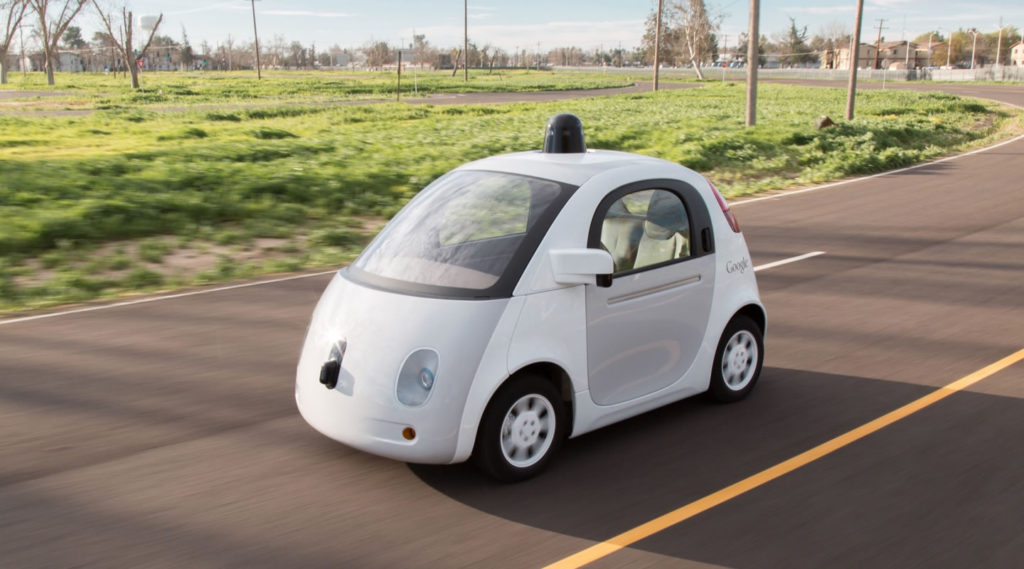Everyone’s trying hard to imagine what a future full of autonomous cars might look like. Sure, there are big questions about whether a technology company or a conventional car company will succeed, whether the critical factor will be manufacturing prowess or software sophistication, and all manner of other technical details.

But for economists — and also for urbanists of all stripes — a very big question has to be: How much will autonomous cars cost? We’re going to tackle this important question in two parts. Part one–today–assembles some of the estimates that have been made. We’ll aim to ballpark the approximate cost per mile of autonomous vehicles. In part two–tomorrow–we’ll consider what this range of estimates implies for the future of urban transportation, and for cities themselves, because transportation and urban form are so closely interrelated.
So here is a first preliminary list of some of the estimates of the cost per mile of operating autonomous vehicles. We’ve reproduced data from a number of sources, including universities, manufacturers, and consulting firms. Its difficult to make direct comparisons between these estimates, because they not only employ different assumptions, but also forecast costs for different future years (with unstated assumptions about inflation). There’s some significant disagreement about the cost of operation of current vehicles, which range from 59 cents per mile to 84 cents per mile. (For this commentary, we’ve assembled these estimates without undertaking our own analysis of their accuracy or reliability; we encourage interested readers to click through and read each of these studies and draw their own conclusions about their utility).
[table id=1 /]
The estimates for future costs range from as much as a dollar per mile (Ford’s near term estimate of its cost of operation for what it refers to as “highly automated vehicles),” to an estimate of 15 cents per mile a decade or more from now for the operation of small purpose-built low-speed urban “pods”–like Google’s prototype autonomous vehicle. Overall, the estimates imply that fleets of autonomous vehicles could be operated in US cities in the next decade or two for something between 30 and 50 cents per mile.
And, for a variety of reasons–which we’ll explore in more detail tomorrow–the deployment of autonomous vehicles is much more likely to occur in cities. The critical factor is that market demand will be strongest in cities. According to the Wall Street Journal, autonomous vehicles will initially be restricted to low speeds, avoid bad weather and stay within carefully circumscribed territories (given the cost and complexity of constructing the detailed maps autonomous vehicles to navigate streets), all factors that point to cities.
These estimates hinge on a number of important assumptions about operating costs. The highest estimates usually assume some form of automating something resembling existing vehicles; operating costs are assumed to be lower with electric propulsion and smaller vehicles. A key cost driver is vehicle utilization and lifetime; fleets of autonomous vehicles are assumed to be used much more intensively than today’s privately owned cars, with a big reduction in capital cost per mile traveled.
There are some other big assumptions about whole categories of costs, and the policy environment looking forward. Todd Litman raises the concern that autonomous vehicles will require relatively high expenditures for cleaning, maintenance and vandalism repair, as much as hundreds of dollars per week. Its not clear that any of the estimates for the costs of operating electric vehicles include any kind of road user fee to replace gas tax revenues now paid by internal combustion powered vehicles.
Despite they uncertainties, the available estimates suggest that successful autonomous vehicles could be substantially cheaper than today’s cars. And if they’re available on-demand and a la carte–freeing users from the cost of ownership, parking, maintenance and insurance–this may engender large changes in consumer and travel behavior. Tomorrow, we’ll explore what these effects might be.
